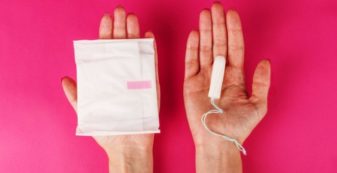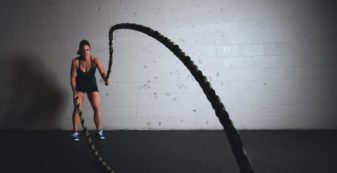Now You can Use Your Phone To Test Yourself for Covid-19
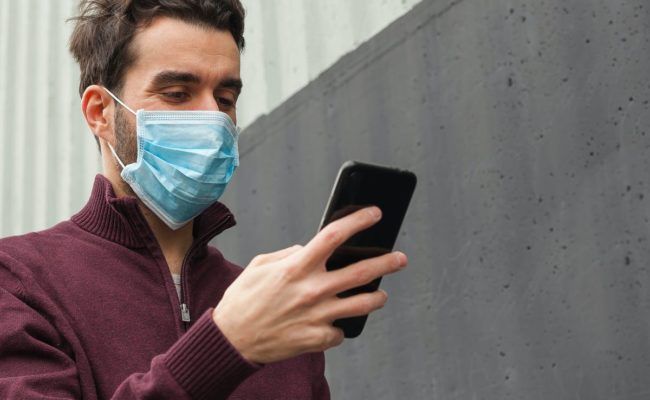
Till now people are able to get the status of COVID-19 patients around using a mobile application called Aarogya Setu. But, soon you can also test yourself for coronavirus using your smartphone. Recently, scientists have developed a novel technology for a CRISPR (clustered regularly interspaced short palindromic repeats) based COVID-19 diagnostic test that uses a smartphone camera to provide accurate results in under 30 minutes.
As per the research, the new diagnostic test will not only generate a result but also measure the viral load in a given sample.
The best part is it directly detects the presence of the virus. All CRISPR diagnostics till now have required that the viral RNA be converted to DNA and amplified before it can be detected, adding time and complexity to the final diagnosis, the researchers said.
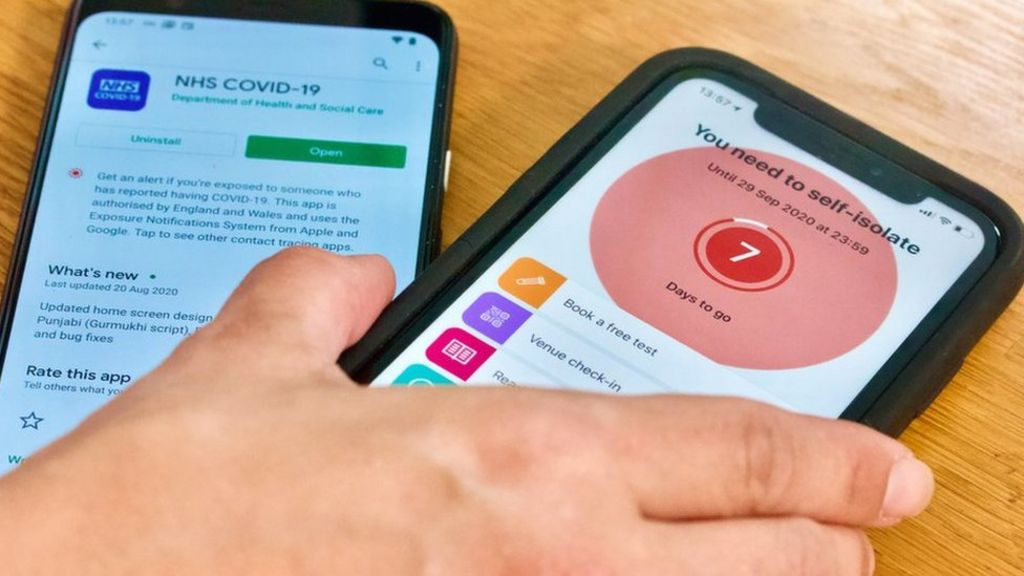
“One reason we are excited about CRISPR-based diagnostics is the potential for quick, accurate results at the point of need,” said Jennifer Doudna, a senior investigator at Gladstone Institutes in the US.
“This is especially helpful in places with limited access to testing, or when frequent, rapid testing is needed. It could eliminate a lot of the bottlenecks we’ve seen with COVID-19,” Doudna said.
Doudna won the 2020 Nobel Prize in Chemistry for co-discovering CRISPR-Cas genome editing, the technology that underlies this work.
In the new test, the Cas13 protein is combined with a reporter molecule that becomes fluorescent when cut, and then mixed with a patient sample from a nasal swab, the researchers said.
Your smartphone’s camera will be detecting the COVID-19 virus in you.

The sample is placed in a device that attaches to a smartphone. If the sample contains RNA from SARS-CoV-2, Cas13 will be activated and will cut the reporter molecule, causing the emission of a fluorescent signal, they said.
The smartphone camera, essentially converted into a microscope, can detect the fluorescence and report that a swab tested positive for the virus, according to the researchers.
When the scientists tested their device using samples, they said that it provided a fast turnaround time of results.
The research found that the device accurately detected a set of positive samples in under 5 minutes.
Do you think this will work and solve the purpose? Share your views by commenting below.
RELATED ARTICLES
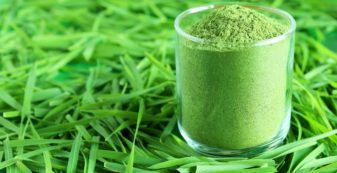
Best Ways to Consume Wheatgrass
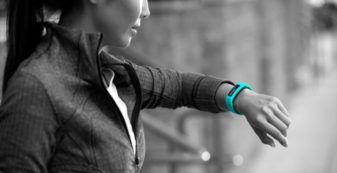
Why You Must Invest in a Fitness Band
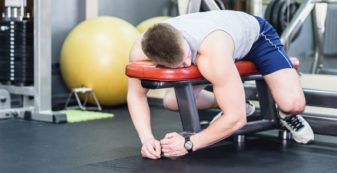
Funniest Gym Fails Caught on Camera
